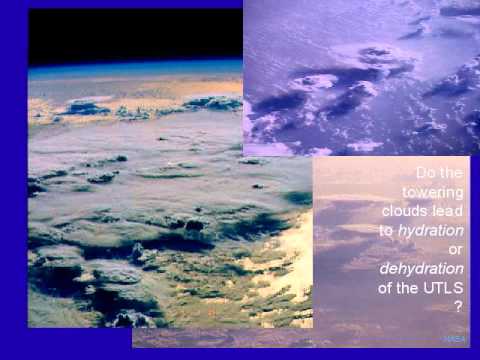Description:
Explore the intricacies of atmospheric science in this Charney Lecture delivered by Thomas Peter at the AGU Spring Meeting 2002. Delve into a comprehensive examination of cloud formations, including Nimbus and ice clouds, and their impact on atmospheric processes. Investigate polar stratospheric clouds, chlorine activation, and supersaturation phenomena. Analyze microphysical processes, synoptic nasal scale effects, and the role of Kelvin waves in atmospheric dynamics. Examine dehydration mechanisms in polar and tropical regions, and understand the significance of deep convection and ozone-water correlation. Discover the complexities of ice particle formation, the paradoxes of atmospheric science, and the challenges in understanding what keeps particles aloft. Despite the age of the original file potentially affecting video quality, gain valuable insights into atmospheric research and its implications for climate science.

Stratospheric Cloud Formation and Microphysics - Charney Lecture 2002
Add to list